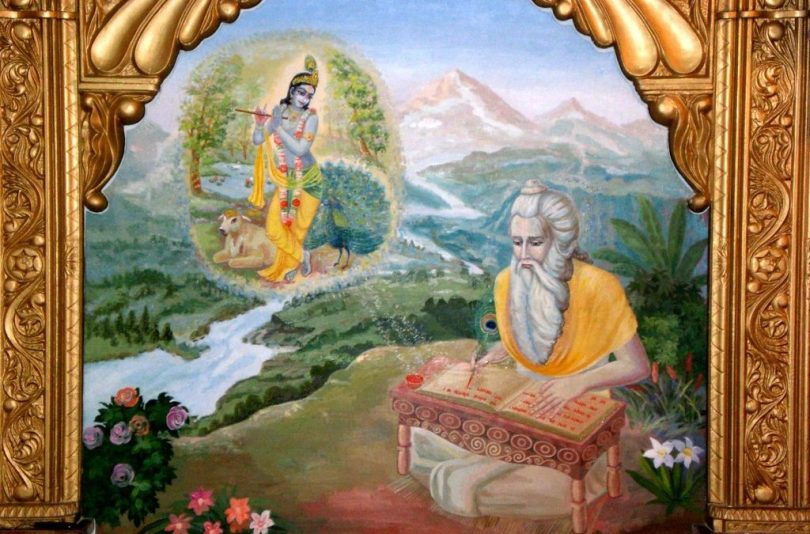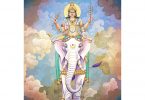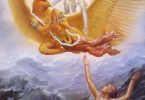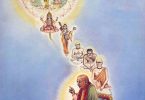Q. How can we know that the shastra is correct? The ancient traditions are oral and only recently in historical time were they written down. And we all know that when a story is told it changes from one person to the other. The new testament of the bible was written 70-100 years after Christ’s death. Here your talk about thousands of years.
Even the Mahabharata is known to be full of corruptions. So, how can one be sure that all the other texts were not altered also? You assume the former guru’s were not cheaters or misrepresented for their own aggrandizement but there are thousands of so called religious people then and now who do. I am not being adversarial here. I really want to believe. So please answer me.
Answer by Romapada Swami: The way we can ascertain that that we are getting the unadulterated message is because of the presence of an unbroken, living disciplic succession, which can be traced all the way back to Lord Krishna Himself and coming down to the present day. Yes, there is a high possibility of the pure message being eroded or misinterpreted – as in Christianity or any other tradition most of which have no claim of unbroken, unadulterated disciplic succession representing the teachings of their original preceptors.
This is not uncommon in history; even Krishna Himself speaks in Bhagavad-Gita of this knowledge being lost: “in course of time the succession was broken, and therefore the science as it is appears to be lost.”(BG 4.2) Therefore, He comes to reestablish by speaking this science again to Arjuna, and also assures that He regularly appears in every millennium or sends His representatives, to reestablish true religious principles whenever they are in decline. In other words, it is the Lord’s will and established system that there will always be His pure representatives preserving His pure message available to humanity, to the pious and sincere seekers. If this knowledge happens to be corrupted or covered up, He personally arranges to rectify and reinstate these principles. On this basis, we can be sure.
The acharyas in Vaishnava disciplic line themselves candidly point out that portions of the Vedic texts do not have the proper disciplic lineage continuing today, as in the case of Mahabharata. But the principal texts that elaborate on the essential teachings of the Vedas in a suitable manner for the present age are indeed perfectly preserved and handed down — this can be verified directly at least from writings that extend back to several generations.
More importantly, as we discussed in a recent digest (Digest 192B), we can see that the pure disciplic succession is preserved healthy and intact through the qualities manifested by its most recent and living representatives. You write that you accept the principles given in BG, wherein Krishna delineates the qualities by which we can identify a truly transcendental person, one who is qualified to be His pure representative. When we come in contact with such a person, we can be sure that he is representing the original teachings of scriptures.
Consider a tree which appears as if lifeless in the autumn and winter – but when spring arrives, even if several branches have indeed dried up and perished, if just one branch comes forth with new shoots and leaves, we can know that the tree is alive, and that this branch must be connected to the root. In the same way, when we see such qualities perfectly manifested in the person of a devotee, it must be concluded that he is strongly connected to the root, i.e. transmitting the pure teachings of scripture. Without being specifically empowered by Krishna, it is not possible for a mundane person to manifest these qualities and also influence & uplift so many others to become pure vaishnavas. (krsna sakti vina nahe tara pravartana Cc Adi 13.1 p) True, there are and have been many false religious proponents and factions, and many dried up branches, but we cannot conclude from this that all are faulty – especially when it is the Lord’s desire that a pure disciplic line should be preserved. One might have come across m
any counterfeit currencies, but one should not conclude that there is no authorized currency in circulation.







